USB drives were used for storing small files, perhaps music and videos, too. The usual size was 2 GB or 4 GB. With time, they have advanced quite a lot, and it is common to find USB sticks with a capacity of 64GB or 128 GB. With such a size, they are used for storing a backup of system data or creating an image. However, at times, you may receive an error message on Windows 11/10: The drive is not a valid backup location.
The drive is not a valid backup location
This issue is caused by Windows not recognizing USB drives as a valid backup location because earlier, they weren’t large enough to store system images.
The following solutions could be helpful in resolving The drive is not a valid backup location error:
- Format the drive as NTFS
- Create a sub-folder in the USB drive and back up the image there
- Windows Recovery Drive Creator
- Use a third-party tool to create the backup
1] Format the drive as NTFS
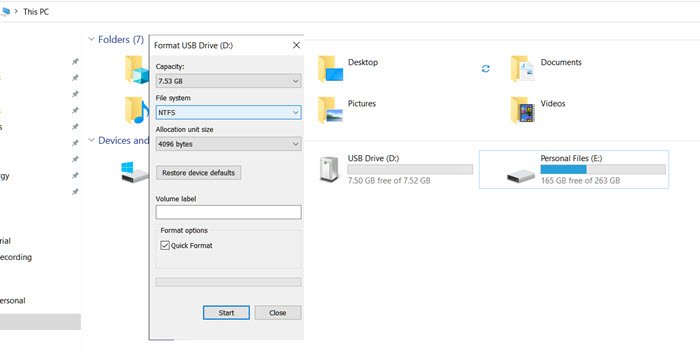
Format the USB drive in NTFS File System and then try and see if it helps.
2] Create a sub-folder in the USB drive and back up the image there
One good way to bypass the USB drive limitation is to save the system’s backup image in a sub-folder instead of the main drive. Here’s the procedure for the same:
Right-click on the USB drive and select Format.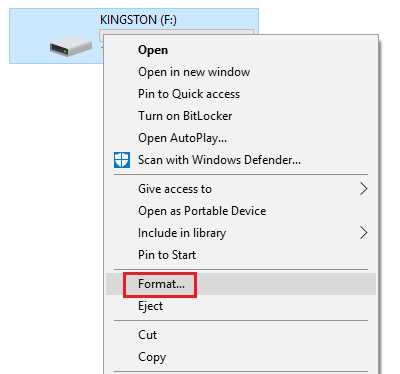
Select the File System as NTFS and check the box next to Quick Format.
Click on Start to initiate the formatting process.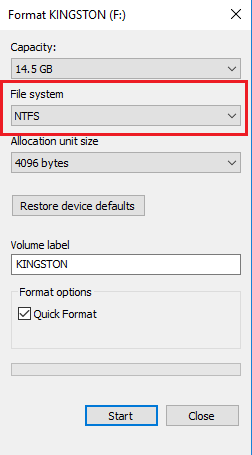
Open the USB drive and right-click anywhere inside the main drive window.
Select New > Folder.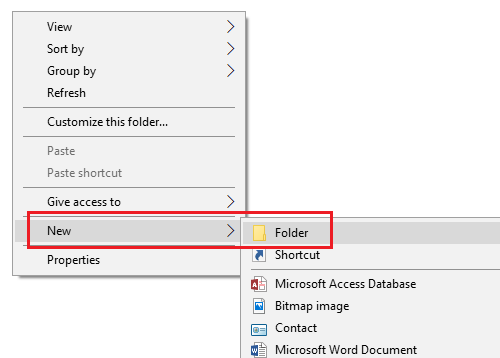
Name the folder to be created “Image (or anything you please).”
Right-click on the folder and select Properties.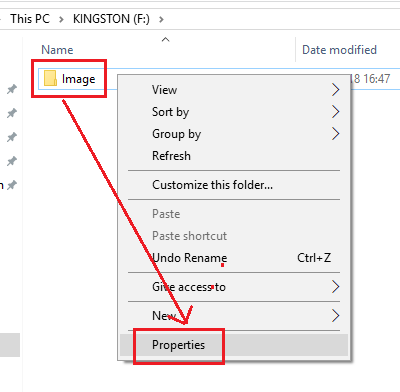
In the Sharing tab, click on Share.
Verify that the Permission level on the System owner (your username) should be Owner.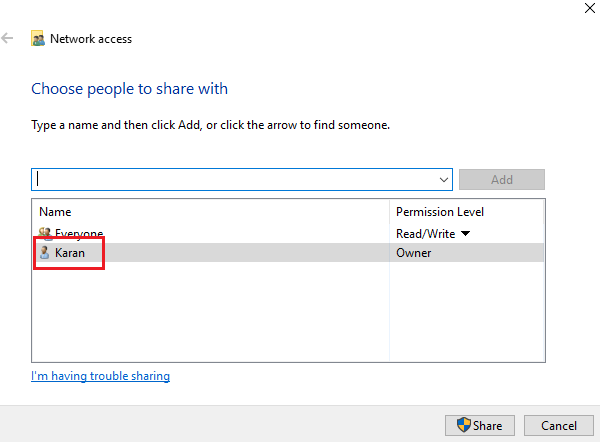
Now try to back up your files keeping the Sub-folder as the backup location.
3] Windows Recovery Drive Creator
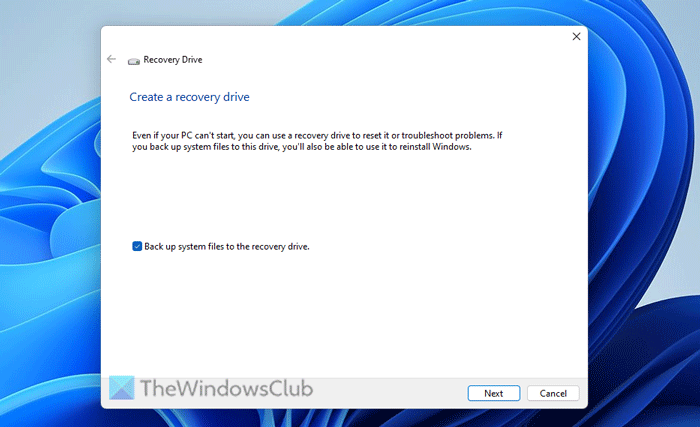
If you are planning to create a recovery drive, use this method.
Type ‘recovery drive‘ in Start Search. There, a ‘Create a recovery drive‘ option will be visible to you. Click on that option. The Recovery Media Creator is a desktop-based wizard that guides you through the process of creating the recovery drive.
Use it and see if it works.
4] Use a third-party tool to create the backup
While Windows doesn’t allow backing up to the USB drive using its own tool, this restriction doesn’t exist with third-party free backup software like Back4Sure. Try them to back up the files to the USB drive.
I hope this helps!
